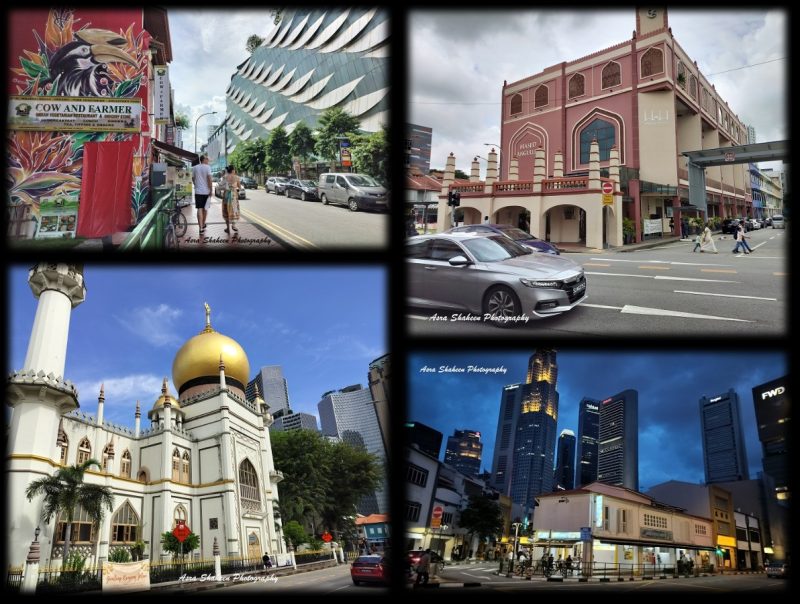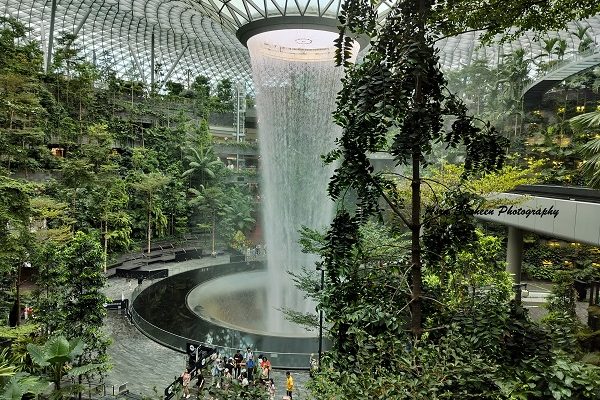Walking through the roads of the island country seems like diving into the animated version of an architect’s sketchbook. The well-planned civic surroundings are dotted with marvellously designed buildings and neatly pruned greenery. While the futuristic skyscrapers are infused with modern vegetative landscapes, some of the historical landmarks signify its cultural and ethnic diversity and inclusive essence.
If there’s one country in the world that almost feels like an animated version of an architect’s sketchbook of a cityscape, it’s Singapore indeed. Walking through the roads of the city-state seems like diving into the illustrated imagination of an ideal urban life. Celebrated for its diverse and vibrant multicultural character, the island country boasts of some of the most sleekly designed contemporary buildings. From the marvelous Jewel Changi Airport to the awe-inspiring Marina Bay Sands and Gardens by the Bay, each and every structure across the cityscape is not just visually stunning but a classic example of innovation and sustainable designing.
While the futuristic skyscrapers are infused with modern vegetative landscapes, some of the historical landmarks signify its cultural and ethnic diversity and inclusive essence. Masjid Angulliain Little India and the Sultan Mosque in Arab Street are two such contrastingly designed mosques that symbolize the vastly different worlds they represent.
Historical Landmarks That Signify Cultural & Ethnic Diversity
Angullia Mosqu, Little India – A Fine Example of Simplicity & Minimalism
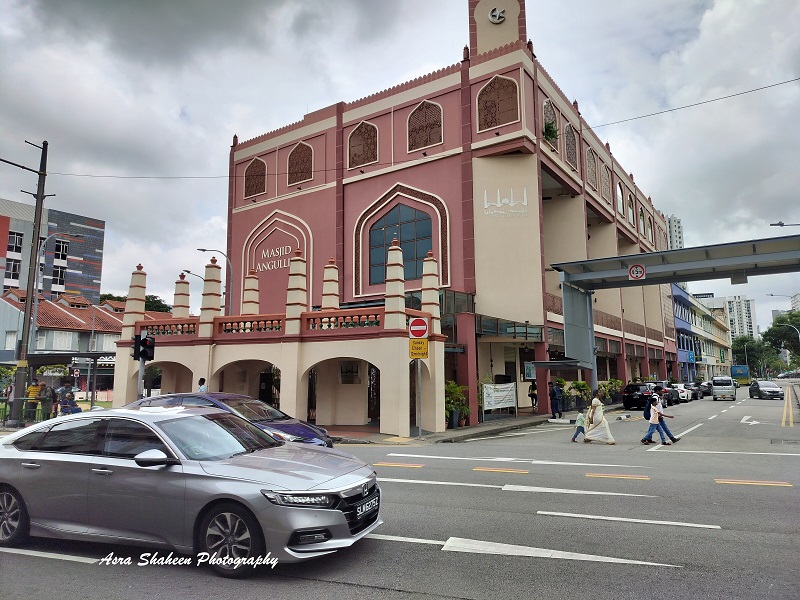
Little India, a colorful neighborhood of the island country, is dotted with temples and mosques and vibrant street art. The Angullia Mosque at Serangoon Road is strikingly noticeable for this brick red color. Interestingly, the mosque was built on wakaf land donated by Indian Gujarati businessman Mohamed Salleh Eusoofjee. The Angullias were Gujarati Sunni Muslim merchants from western India and travelled to the city-state for trade. The second Angullia Mosque was built at Orchard Road. The first mosque was originally constructed before 1892 and later rebuilt in 1970.
Sultan Mosque, Arab Street – Golden-Domed Middle Eastern Wonder
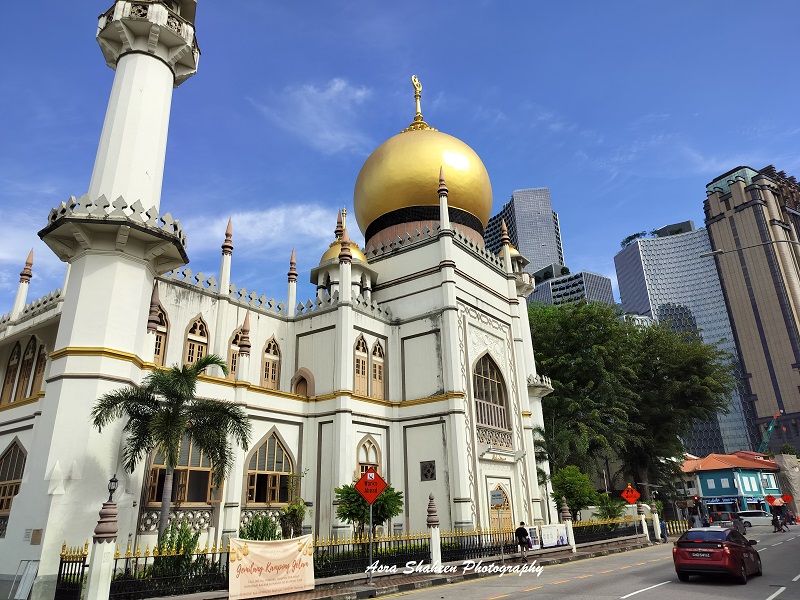
Masjid Sultan, also referred to as Sultan Mosque, is a widely known religious landmark in Singapore. If you have read or at least come across The Arabian Nights aka One Thousand and One Nights, you will instantly imagine yourself as a bystander in this Middle Eastern folklore. This mosque, located in the Kampong Glam district at the intersection of North Bridge Road and Muscat Street, was named in the honor of Sultan Hussein Shah. Its remarkable architecture earned it the status of being named a national monument in 1975. The outstanding golden domes are ornamented with glass bottle ends at the base of the structure. These were donated by people across economic strata as a contribution to its construction. It’s a winner of the prestigious Architectural Award in 2016.
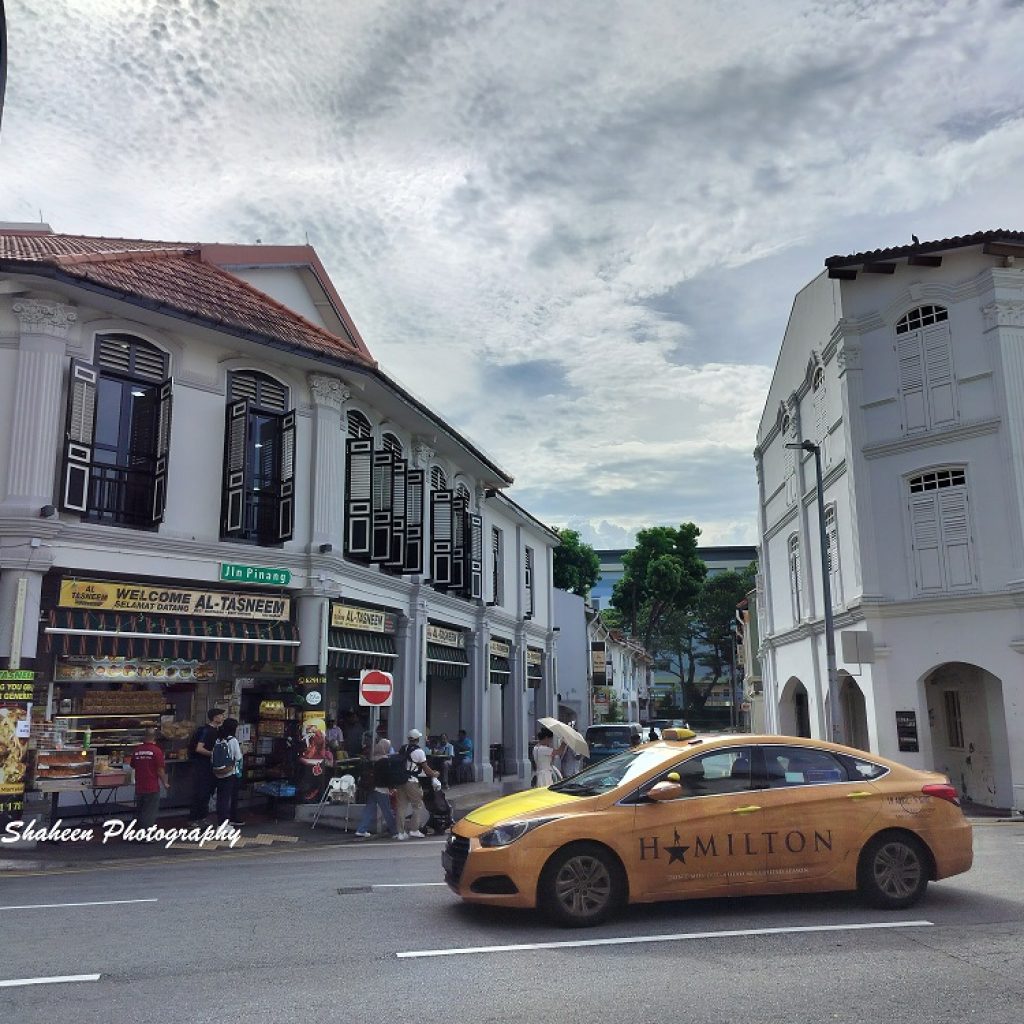
Contemporary Structures that Combine Biodiversity & Sustainability
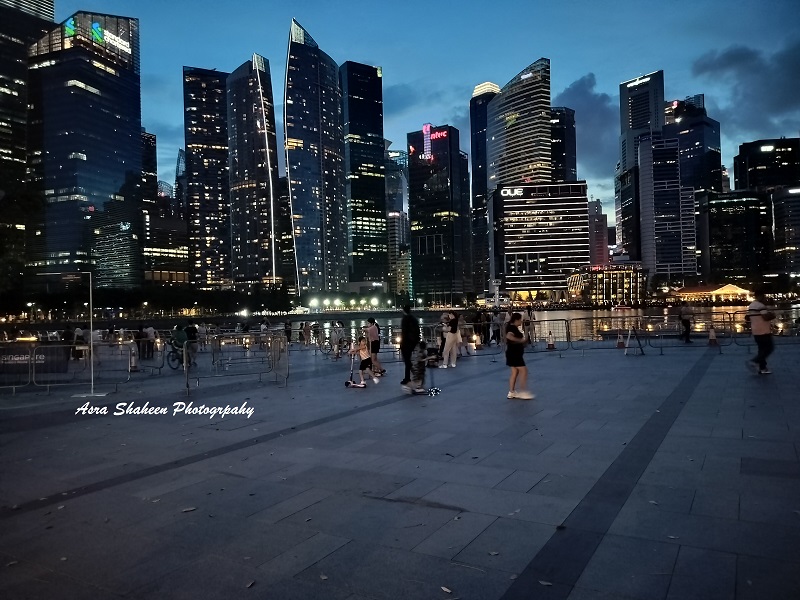
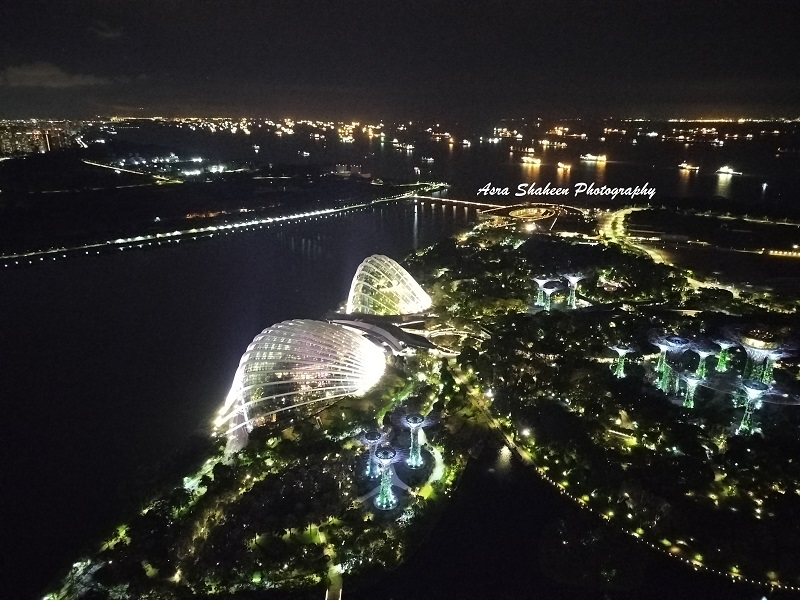
Cloud Forest – A Climate-Controlled Indoor Conservatory
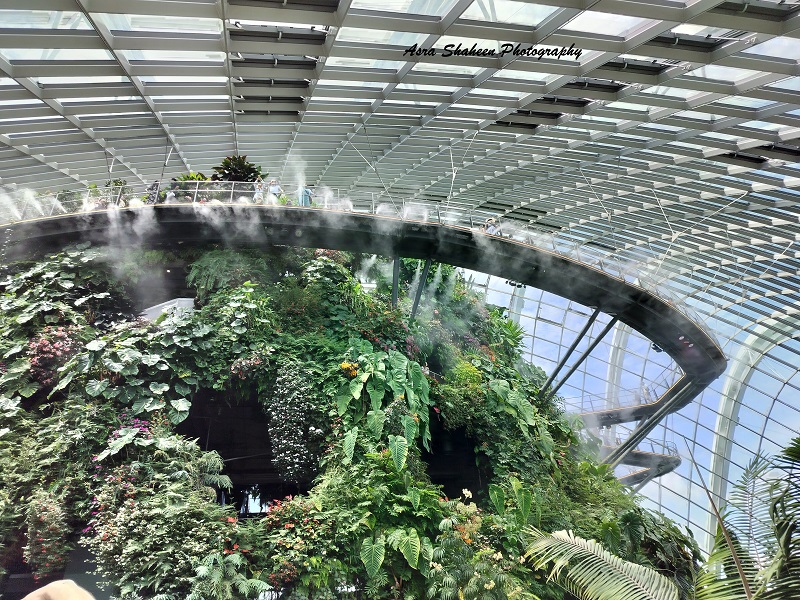
Cloud Forest is a climate-controlled indoor conservatory in Gardens by the Bay. It recreates the cool, moist, tropical highland conditions. The structure features a towering “Cloud Mountain” with various levels for visitors to explore. Each level showcases exotic plant species from across the world. One of the highlights is a 35-meter tall indoor waterfall. Designed with energy-efficient cooling and water recycling systems, the cloud forest endeavors to educate visitors about biodiversity and conservation.
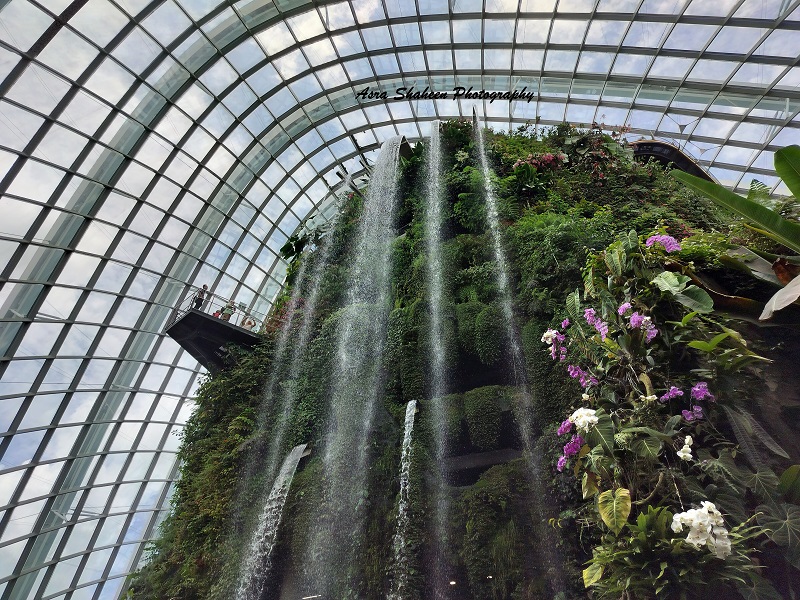
Gardens by the Bay – Panoramic Views & Sleek Greenery
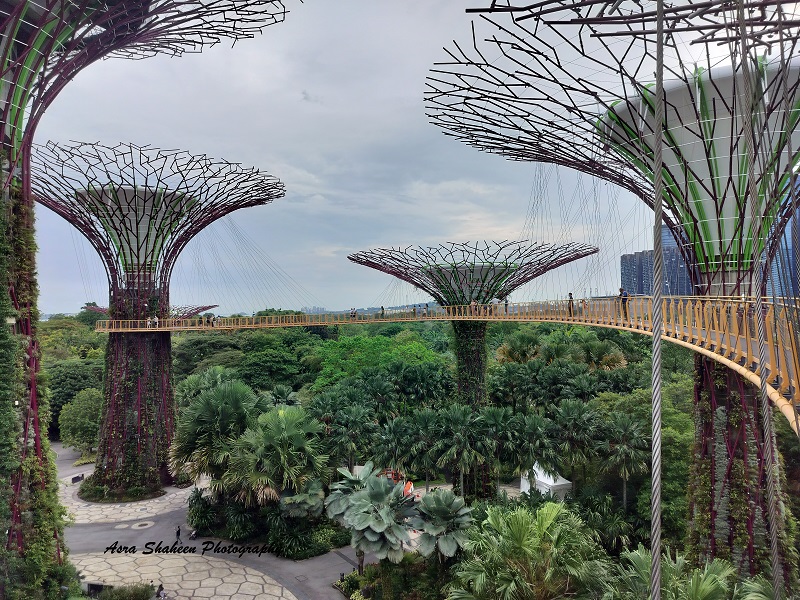
The Gardens by the Bay is an urban park spanning 105 hectares in the Central Region of Singapore, adjacent to the Marina Reservoir. The park consists of three waterfront gardens: Bay South Garden in Marina South, Bay East Garden with the Founders’ Memorial in Marina East and Bay Central Garden in the Downtown Core and Kallang. It is particularly famous for an elevated walkway, the OCBC Skyway, between two larger Supertrees for visitors to enjoy a panoramic view of the Gardens.
Jewel Changi — the Rain Vortex is a Highlight of the Sensational Spectacle & Engineering Marvel
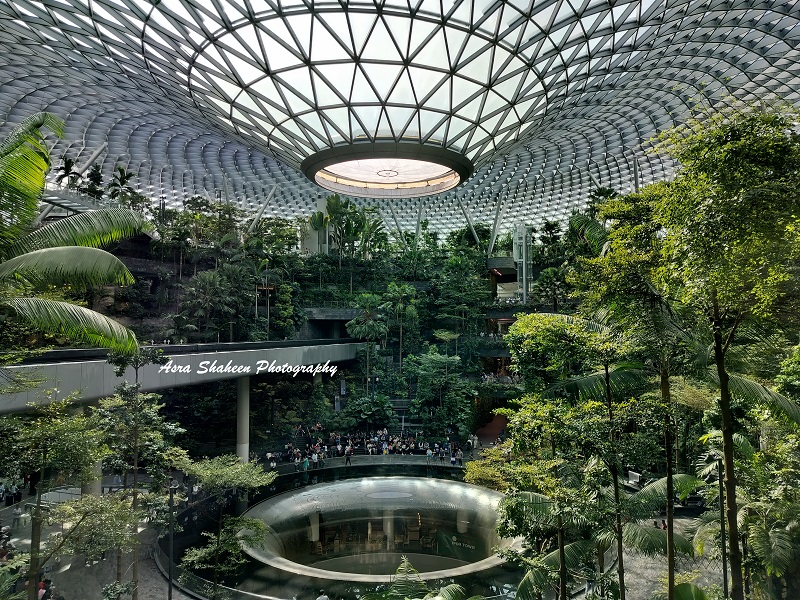
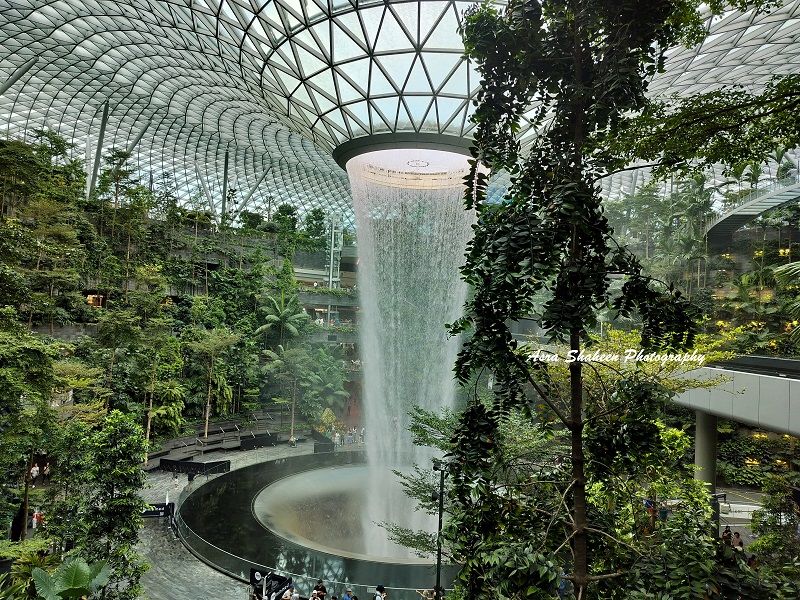
The world’s largest indoor waterfall, the awe-inspiring 40-metre Rain Vortex at Singapore’s Jewel Changi Airport is truly a sight to behold. Cascading seven storeys from the oculus, it is landscaped throughout with walking trails of shrubs and trees of Shiseido Forest Valley. A marvel of engineering and ergonomics, it exemplifies the island country’s expertise in energy-efficient architectural designs.

